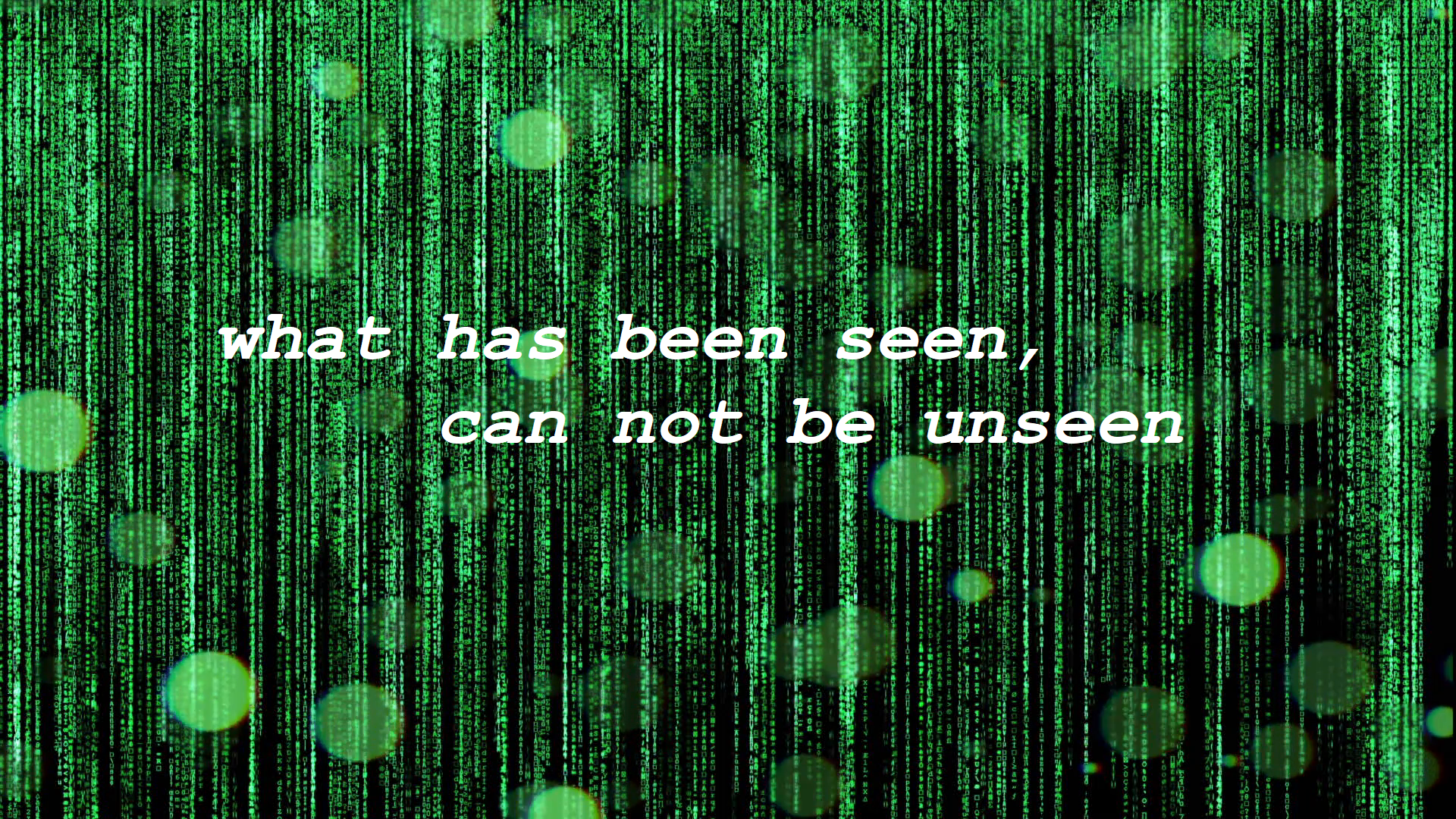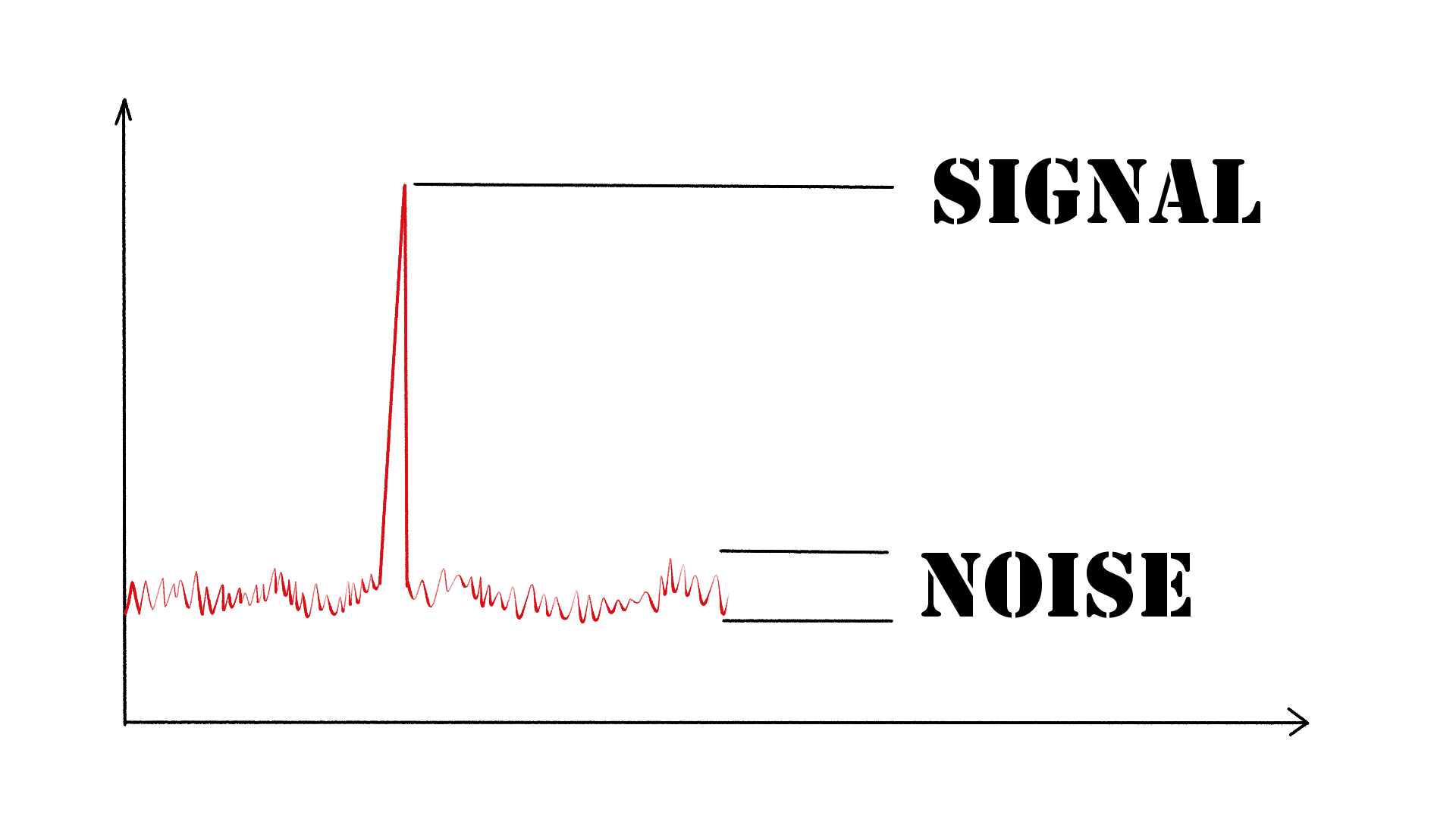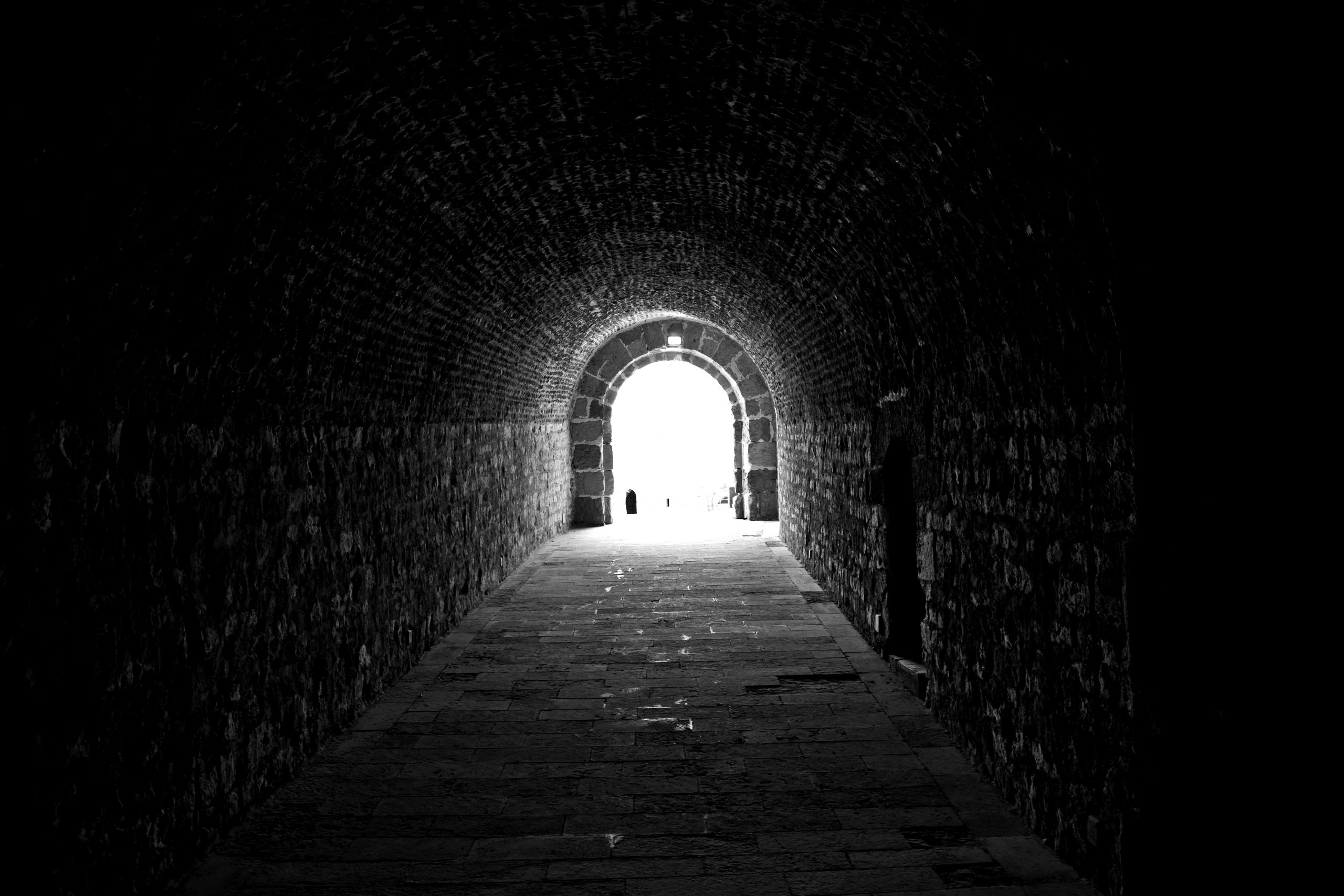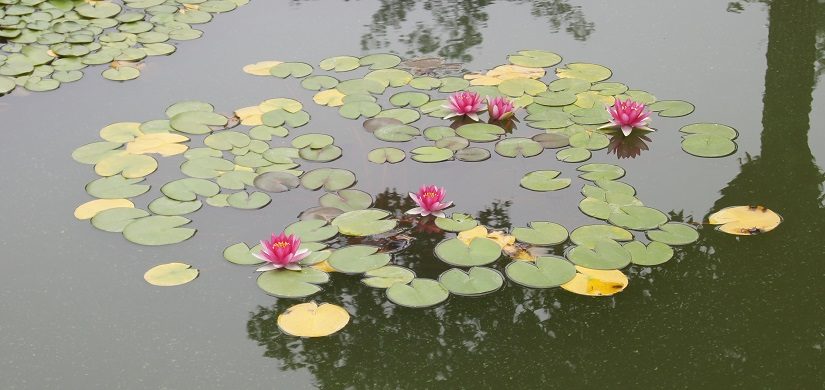The movie “Matrix” from 1999 is referenced daily to describe moments where people are aware of or unaware of different situations. We use the Matrix Metaphor to state that some newly gained knowledge changes the way we think or radically perceive our surroundings.
Typical moments of insights in a dance career are:
- The connection to the music is more profound than the regular drumbeat.
- There is something like the quality of movement.
- It’s seriously interesting if people come up with their own creative moves.
- That music is telling a story.
- Some dancers tell stories with their dance.
- You can dance to multiple instruments at the same time.
- I must learn and master everything.
- (years later) I don’t.
Of course, everyone has personal insights that transform his way of thinking.
In the dance field (and I guess in all arts), I feel the tendency that we want to consume the work of people that explore the same topics as we do. Another side of the matrix is that things, once understood, can’t be unseen.
You know… I know this steak doesn’t exist. I know when I put it in my mouth; the Matrix is telling my brain that it is juicy, and delicious. After nine years… you know what I realize? Ignorance is bliss.
―Cypher justifying his decision to betray his friends and re-enter the Matrix.
This means that we might perceive the dance of others who did not experience the same insights as we did as immature and unformed. And the more we learn about dancing, the more we take for granted and postulate it has to be a certain way. We neglect that others are on a different point in their development or maybe even on a different path.
This is one reason why many experienced dancers state that they are bored with events. The longer you are in the scene, the more you have seen and the further you move away from the average level of knowledge.
What we sometimes don’t think about is that the dancer we see might explore an aspect of the dance that is beyond our comprehension. So, let’s not be too quick to judge.
This article is a translation (and slight rework) of an old text that was originally in German. Comments might reflect that.




